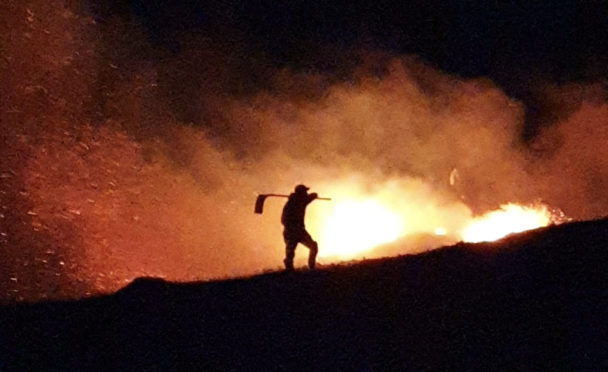Gamekeepers say they have seen an increase in the type of “careless behaviour” that can lead to wildfires since lockdown began.
A string of such blazes have swept across stretches of the north and north-east countryside in the first half of this year, placing huge demands on the emergency services.
But gamekeepers and estate managers fear people are still not taking the correct precautions when accessing hills and moors in the hot weather.
Tim Baynes, moorland director at Scottish Land and Estates said: “Each year we are witnessing more and more wildfires occurring on moorland and grassland and this period of exceptionally hot weather in the UK has heightened the risk once again.
“Sadly, those managing rural land have found more careless behaviour occurring since lockdown rather than less.
“Wildfires not only create a safety risk for all of us but are also devastating for wildlife, particularly for ground nesting birds, insects and mammals.
“We would urge the public to take care and leave items such as barbecues at home.”
Firefighter and head gamekeeper at Dunmaglass Estate, south of Inverness, Iain Hepburn added: “I know only too well how a wildfire can quickly take hold and rage out of control.
“Understanding the techniques for mitigating the risk is essential, particularly in remote rural areas.”
